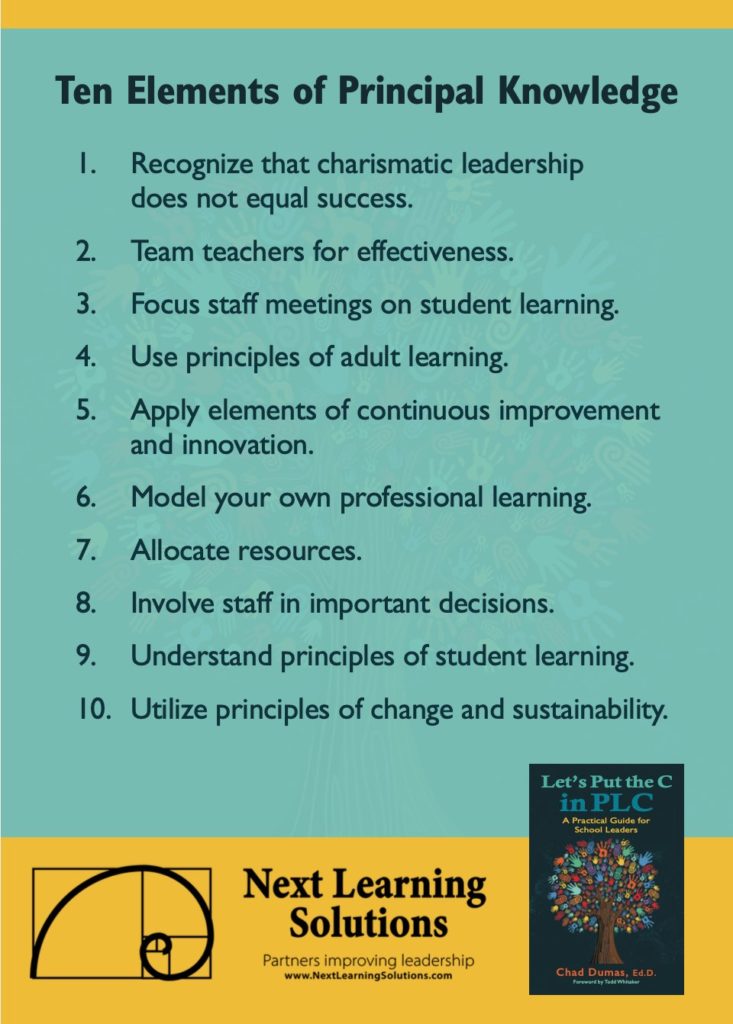It's Not Ideal...
December 14, 2020
Building a collaborative environment in schools is not something that happens overnight. It seems that “we” were built with isolation in mind–one teacher working with 25 (if you’re lucky!) students all day. Or, if you’re secondary, those 25 students rotate between teachers every 45 minutes or so. Meanwhile, American teachers typically get 45 minutes a day for “planning”–though this likely includes a stop at the restroom, checking mail and email, touching-base on specific issues that need to be addressed, and many times an extra meeting called by the administration here or there.
It’s not, what shall we call it, an ideal environment for working together to improve our practice and student learning.
Yet we know that collaboration works. When we work together, in the right environments, we get more done, in less time, and are more happy in the process–all while improving student learning.

It is our task to figure out how to make effective collaboration happen. Hence, the Ten Elements of Principal Knowledge to build a collaborative workplace environment–to Put the C in PLC.
Where to start?
“But, Chad,” you may say, “look at all the examples of charismatic leaders that we see around us! I want to work for someone who is motivating and inspiring, who is passionate and zealous, who can sell ocean-front property in Arizona!”
While many of us may yearn for this level of inspiration, decades and decades of research, from business, politics, and schools, indicates the opposite. As a matter of fact, the ability to build positive relationships is where it’s at.
Level 5, you say?
Jim Collins, in his incredible research of good companies becoming great (shared in his not-so-ironically entitled book, Good to Great), found that one characteristic above all others really drove greatness: Level 5 leaders.
Level 5 leaders possessed a unique combination of intense personal humility and strong professional will. Not charisma.
As a matter of fact, those businesses that had charismatic leaders may have seen their companies flourish for a very short period, but then fall back after that leader left. Kind of like a mushroom–they pop up over night, only to disappear quite quickly.
Charismatic leadership does not lead to lasting success.
Relationships, Relationships, Relationships
So if charismatic leadership doesn’t work, what does? I love how Michael Fullan talks about relationships, relationships, relationships.
It’s not enough to say it just once. Or even twice. But three times. Gotta love it.
Saying that relationships are important isn’t enough. How do we actually build relationships that are meaningful, relevant, and move the organization forward?
Potlucks and Chocolate
I’ll be the first to admit that I LOVE potlucks. And chocolate.
Food is the gateway to my heart.
Yet food and other feel-good activities, while important, are not enough. Some science or math folks might say that these are necessary but not sufficient.
I don’t have to tell you that relationships are complex, and to try to boil key ideas down into a brief blog is, quite frankly, foolish. What I CAN do, however, is share with you some strategies and tools to help you build productive relationships.
If you struggle in connecting with others, these strategies and tools are critical for you.
If you are already great at building relationships, these strategies and tools will help you become even better.
And if you are somewhere in between, try them out and watch yourself bloom in the ability to lead.
Personal Clarity
As with almost everything, leadership begins with oneself. The following areas (from Dennis Sparks) and subsequent questions are really difficult to think about and answer. Yet, engaging in the exercise will assist you with developing relationships with others. This is because when we are clear in our own minds, we can then be clearer in articulating this with others and finding commonalities.
Think about these questions. Write down your answers. Review your thinking periodically to further clarify and refine.
- Language: Who are you? As a person? As a leader?
- Goals: Where are you going (personally, professionally, and as an organization)?
- Actions: How are you getting there? And who’s coming with you?
Finally, and maybe most importantly, to what extent are these three areas aligned?
And to what extent can others see that they are aligned?
Dialogue and Three + One
Next time I’ll share some insights and quotes around dialogue, and then after that dig into some specific behaviors that we can learn in order to build better relationships: What I affectionately call the Three + One.
Questions for Reflection
- Language: Who are you? As a person? As a leader?
- Goals: Where are you going (personally, professionally, and as an organization)?
- Actions: How are you getting there? And who’s coming with you?
To what extent are these three questions aligned? And to what extent can others see that they are aligned?
Who can help you with this?
Do you have a story you’d like to share?
Comment below
(or email [email protected])
Know of someone who would appreciate this post? Share it with them!


